I am trying to solve the following two differential equation (numerically) in SageMath:
My goal is to obtain the plot of M(r)-r.
I tried the following code:
sage: r = var('r')
sage: M = function('M')(r)
sage: a = function('a')(r)
sage: de1 = (M*a*a*diff(M,r) + (M*M*a+6*a)*diff(a,r) + 1/(r*r) == 0)
sage: de2 = (a*r*diff(M,r) + 7*M*r*diff(a,r) + 2*M*a == 0)
sage: desolve_system([de1,de2], [M,a])
But this is returning an error that says: "TypeError: ECL says: Error executing code in Maxima: desolve: can't handle this case."
So I am looking for a numerical solution of the differential equations. But since I am new to SageMath, I don't how to proceed. Can someone suggest me how to proceed for obtaining a numerical solution?
EDIT:
The M(r)-r plot corresponding to the above equations is the following:


